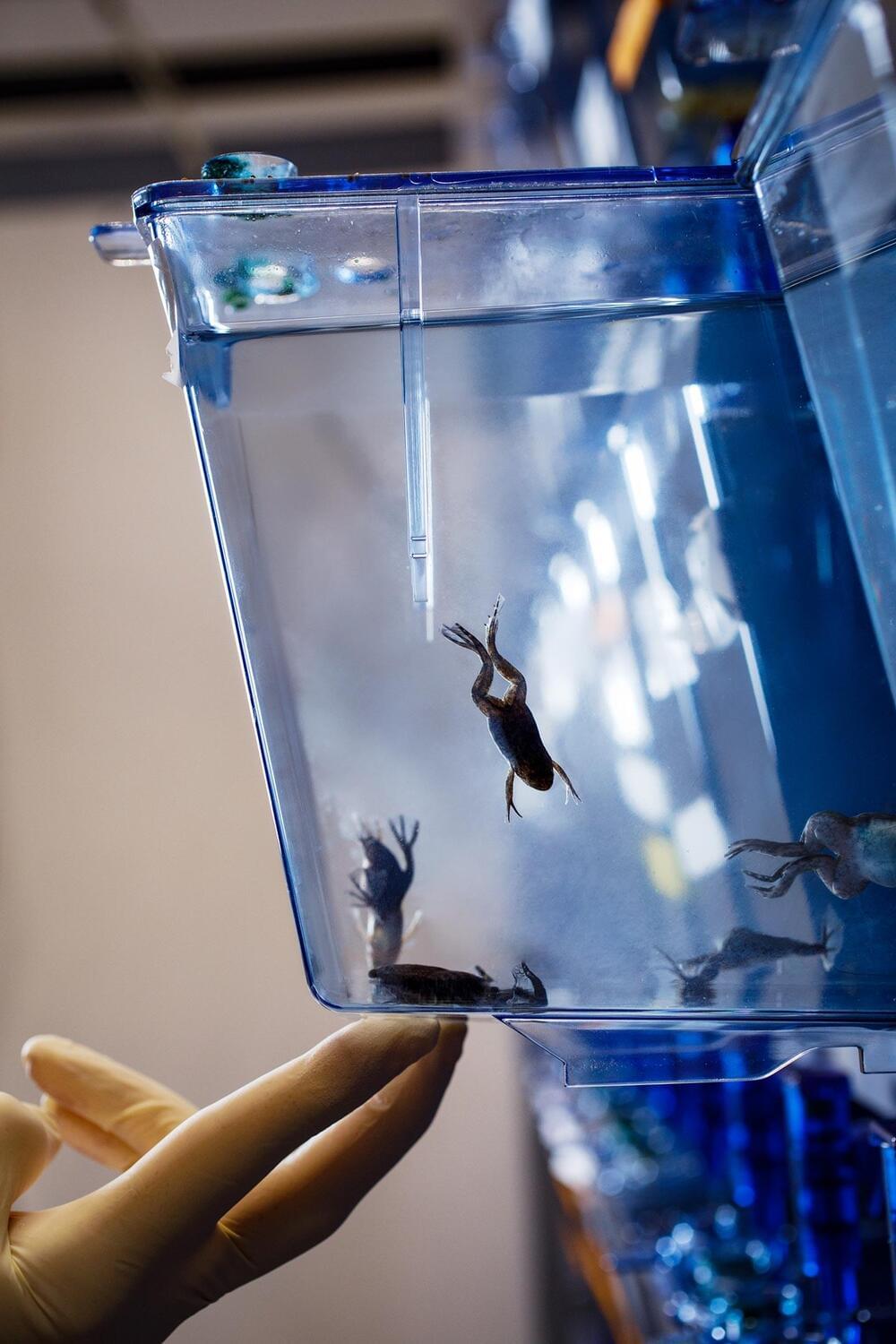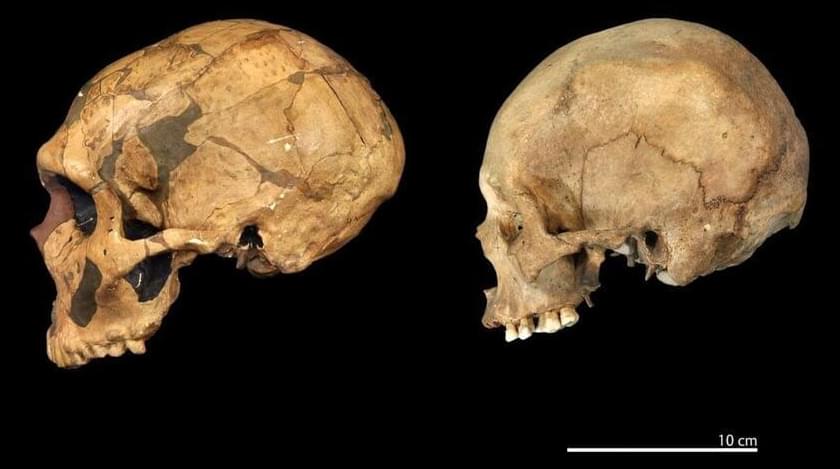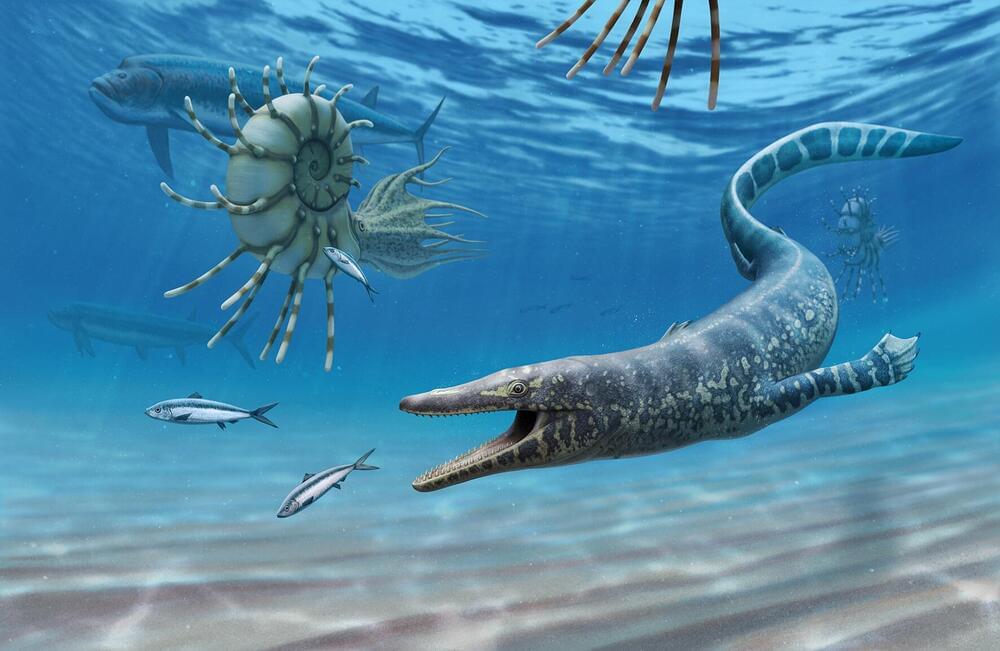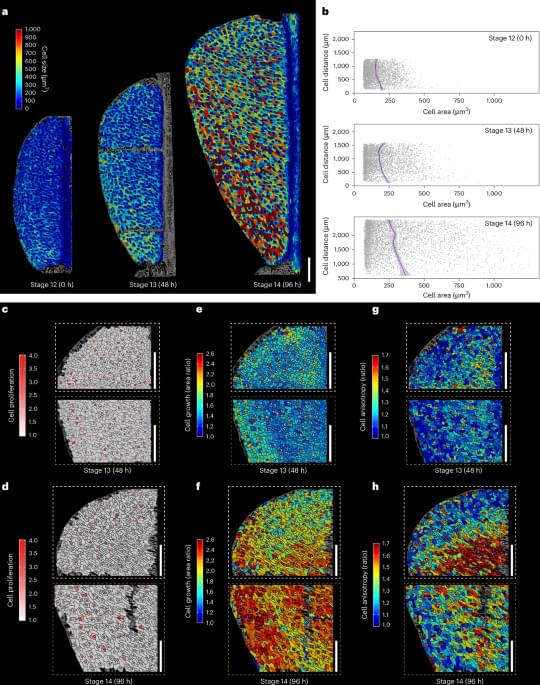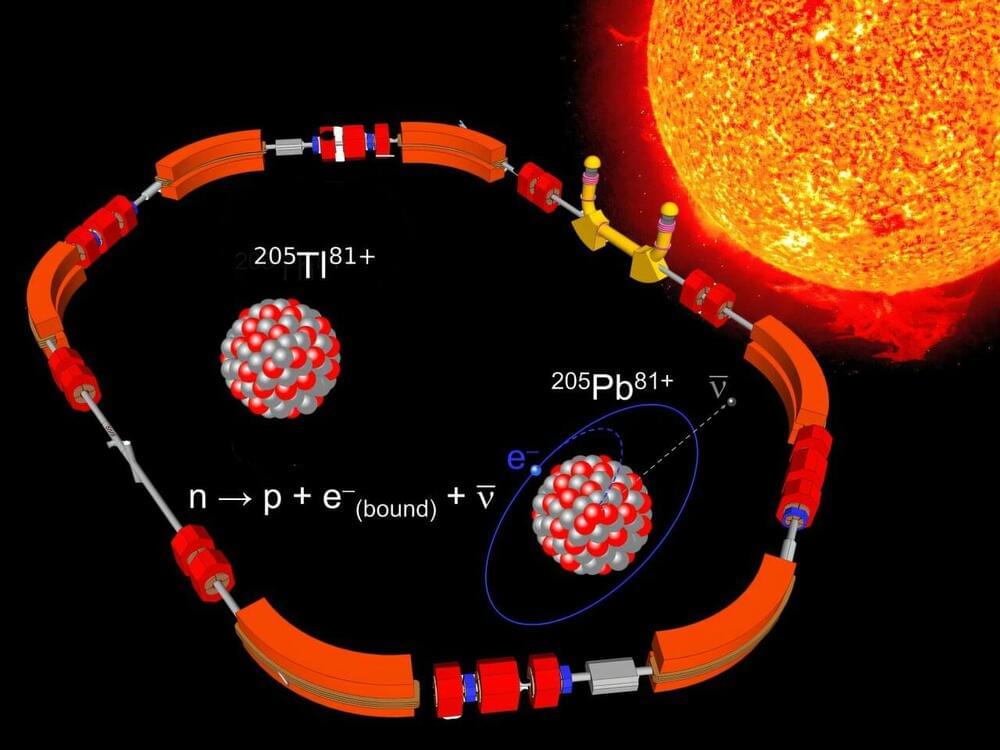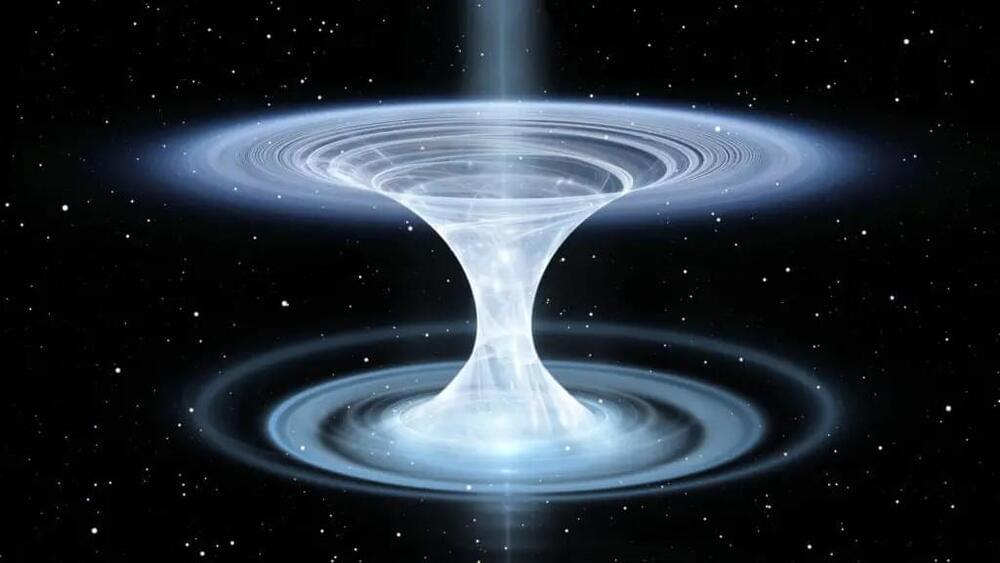Researchers have developed a method using viruses to track neuronal development in frogs, shedding light on the evolution of vertebrate nervous systems and offering comparative insights with mammals.
Although viruses are typically associated with illnesses, not all viruses are harmful or cause disease. Some are instrumental in therapeutic treatments and vaccinations. In scientific research, viruses are often used to infect certain cells, genetically modify them, or visualize neurons in the organism’s central nervous system (CNS)—the command center made up of the brain, spinal cord, and nerves.
The highlighting process has now been successfully applied to amphibians, which are crucial for understanding the brain and spinal cord of tetrapods—four-limbed animals, including humans. This has been shown in a new study by an international EDGE consortium jointly led by the Sweeney Lab at the Institute of Science and Technology Austria (ISTA) and the Tosches Lab at Columbia University.
